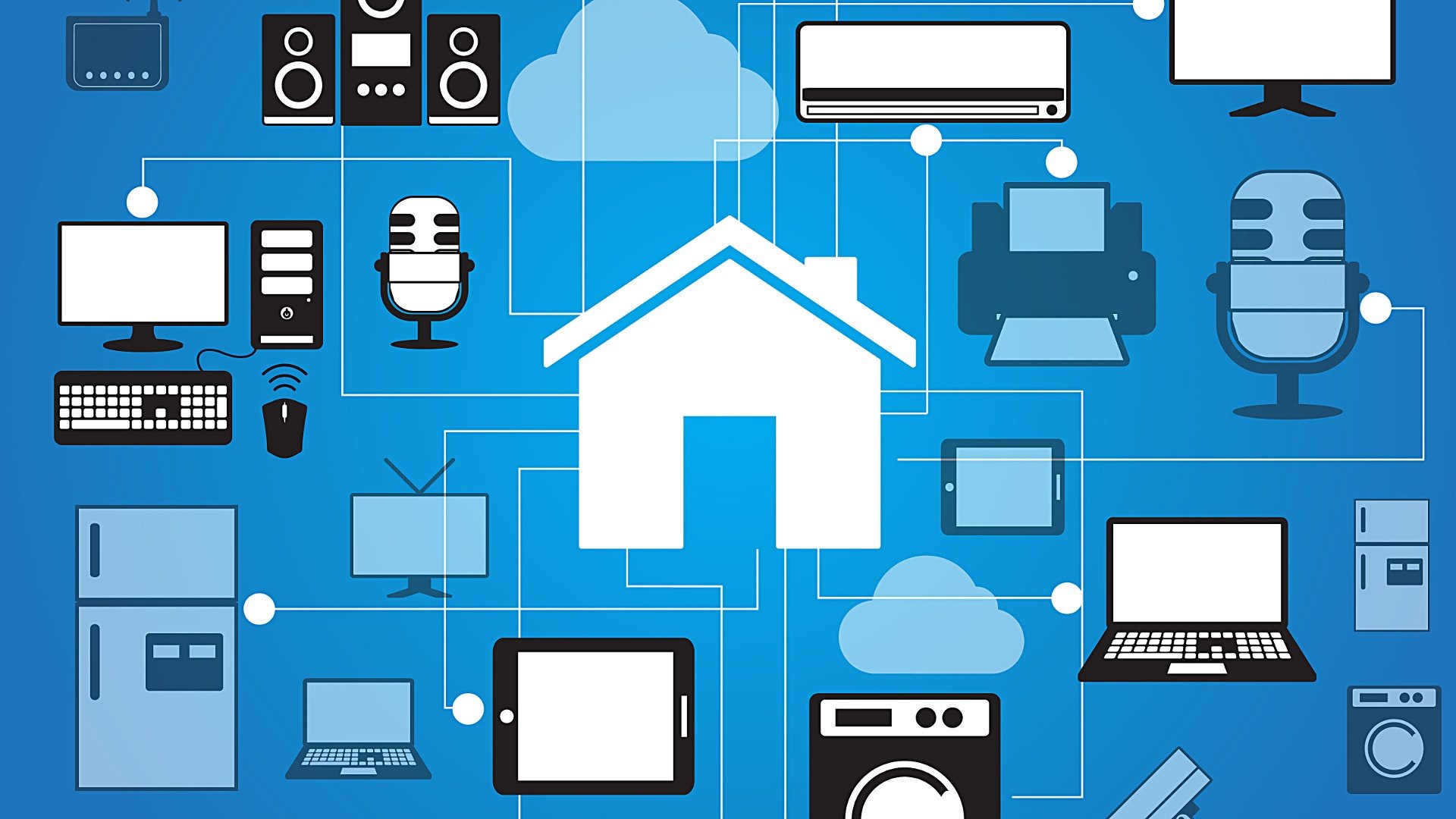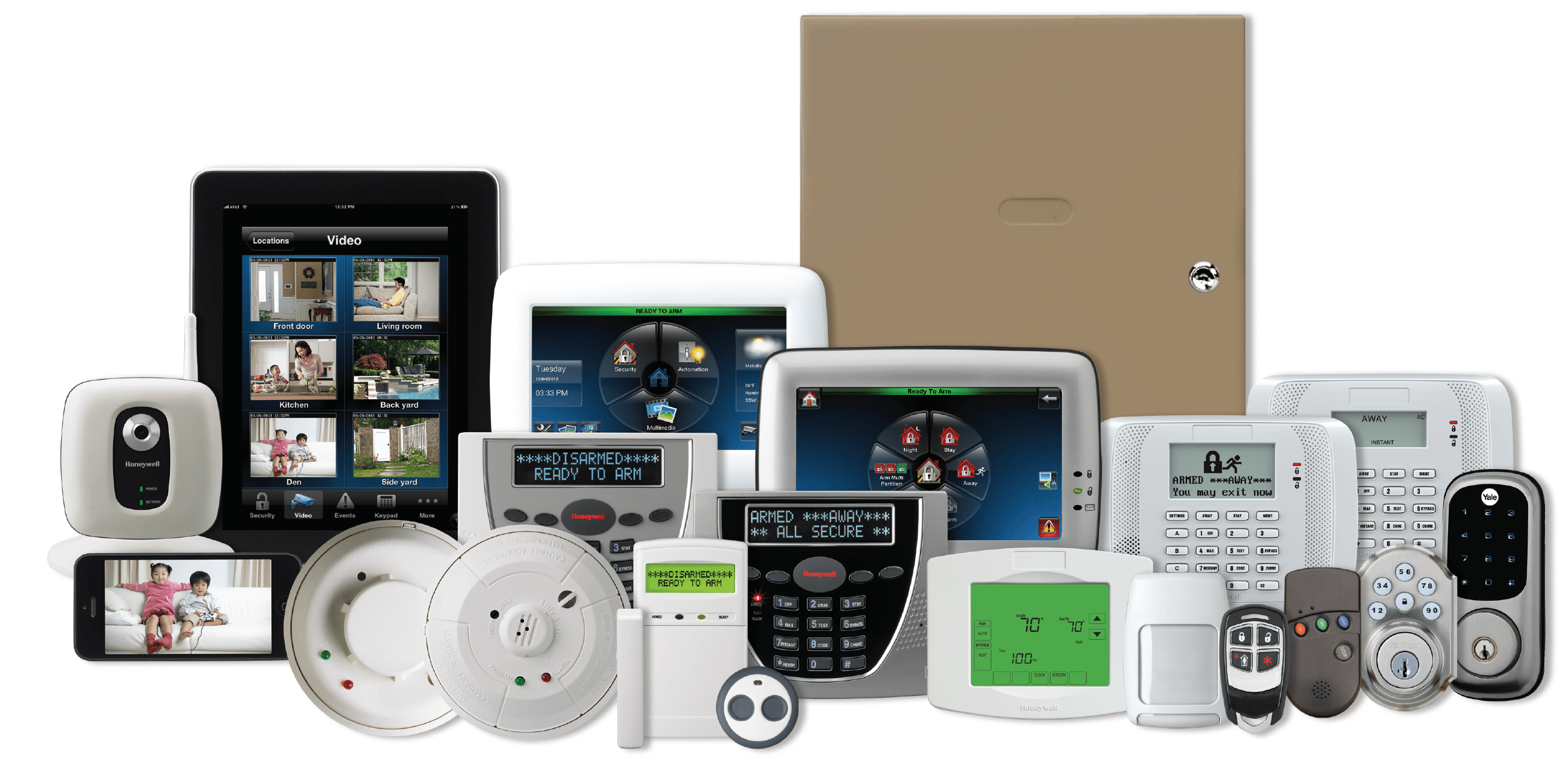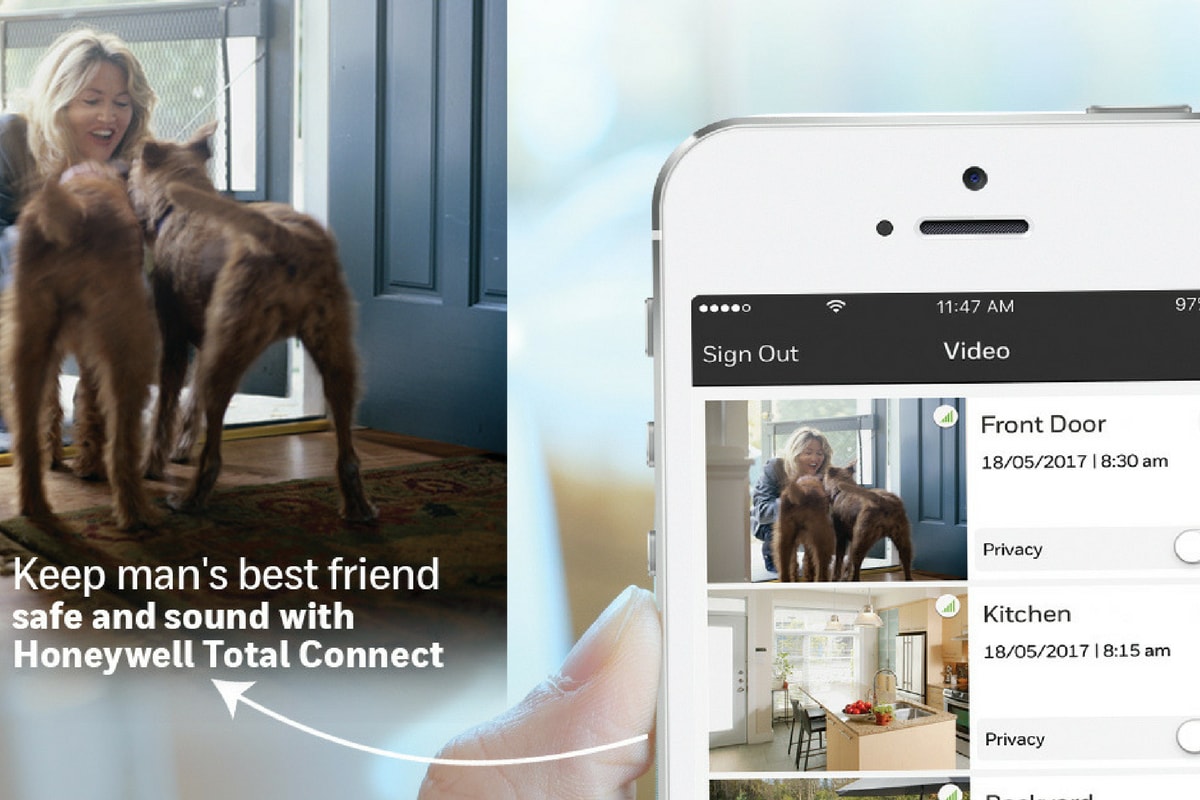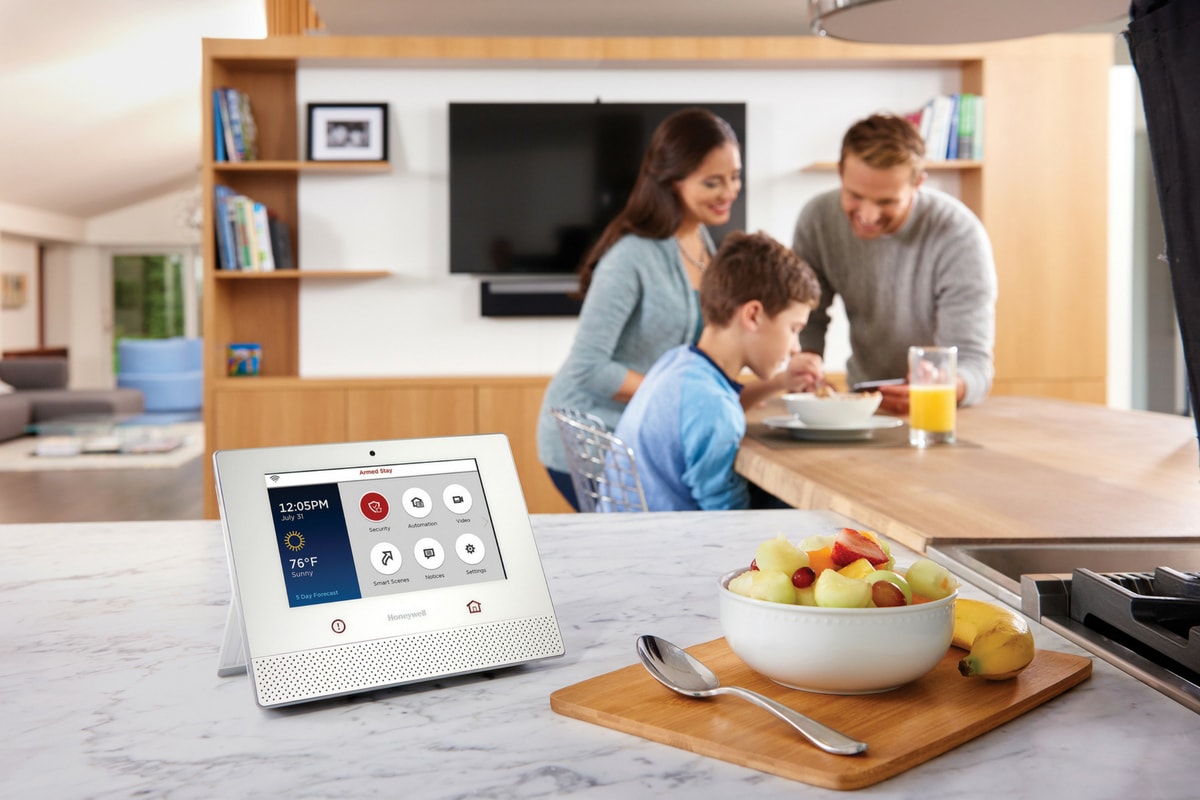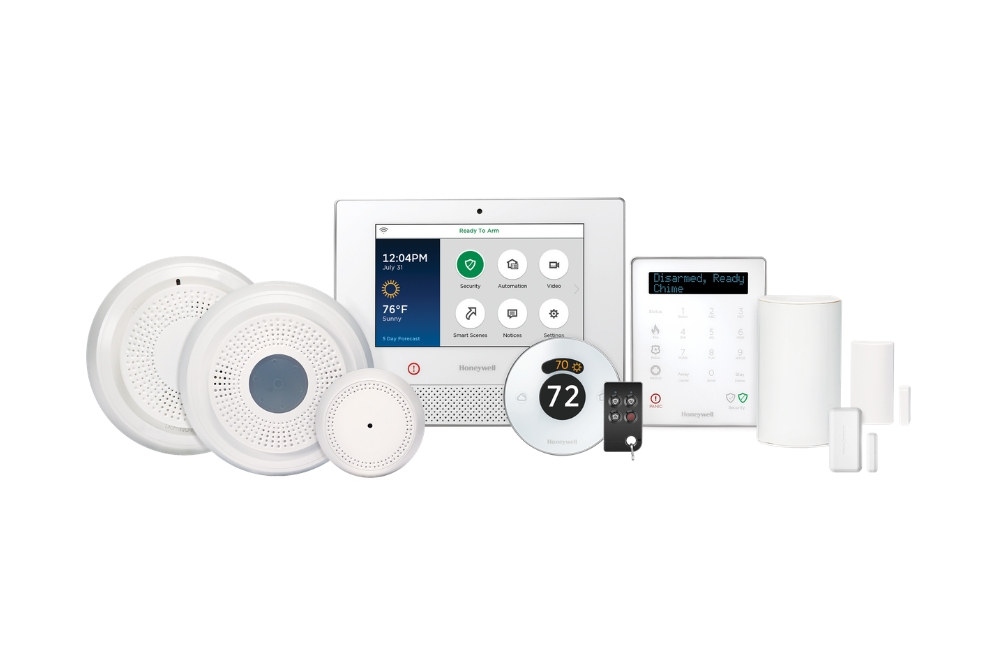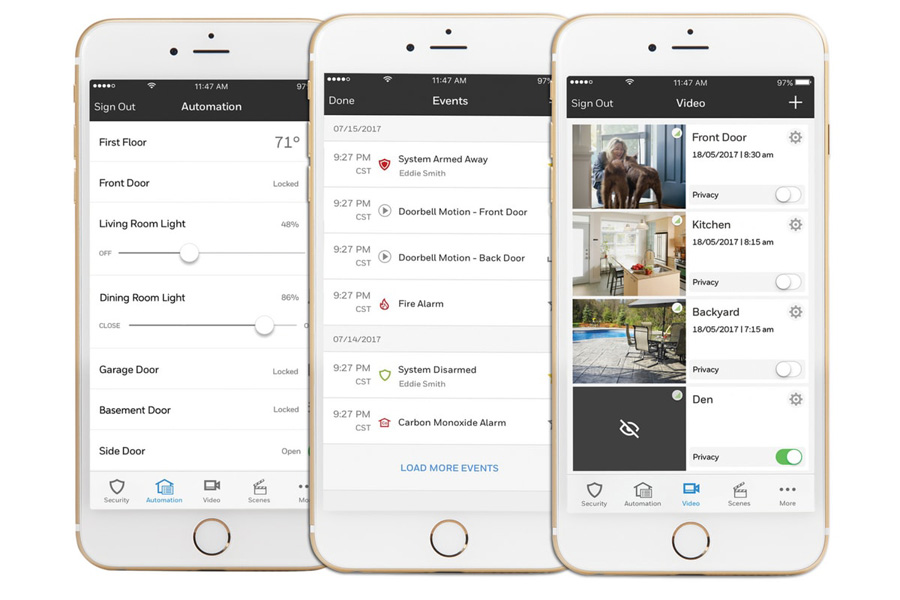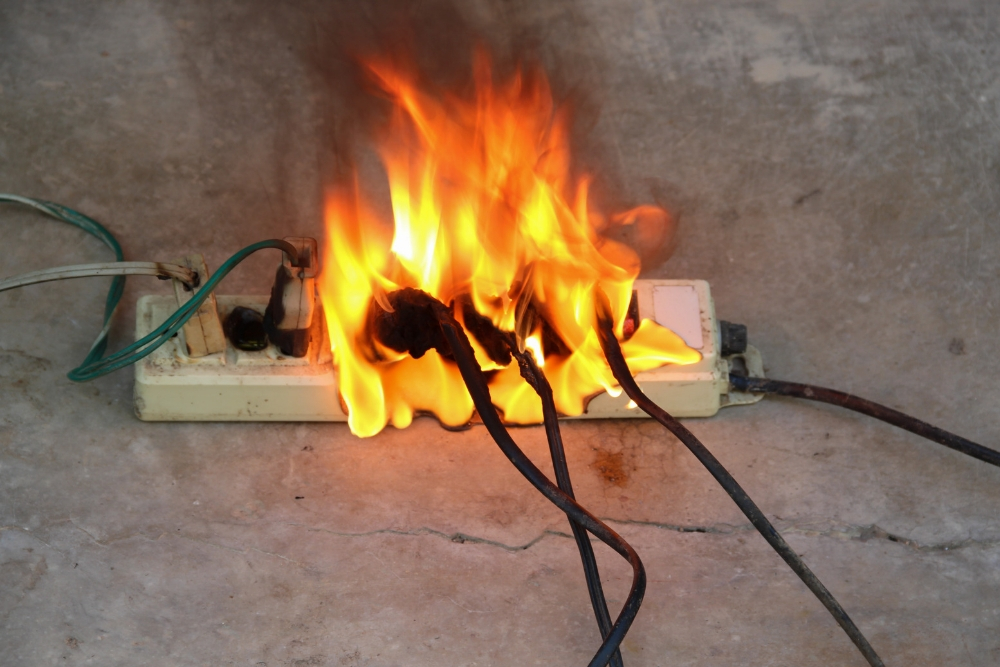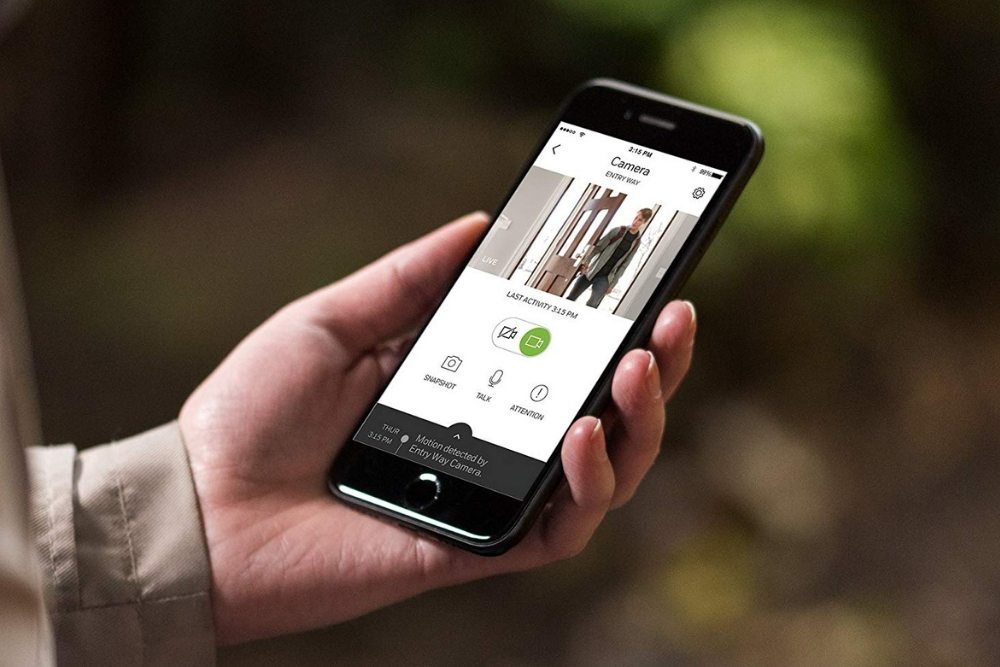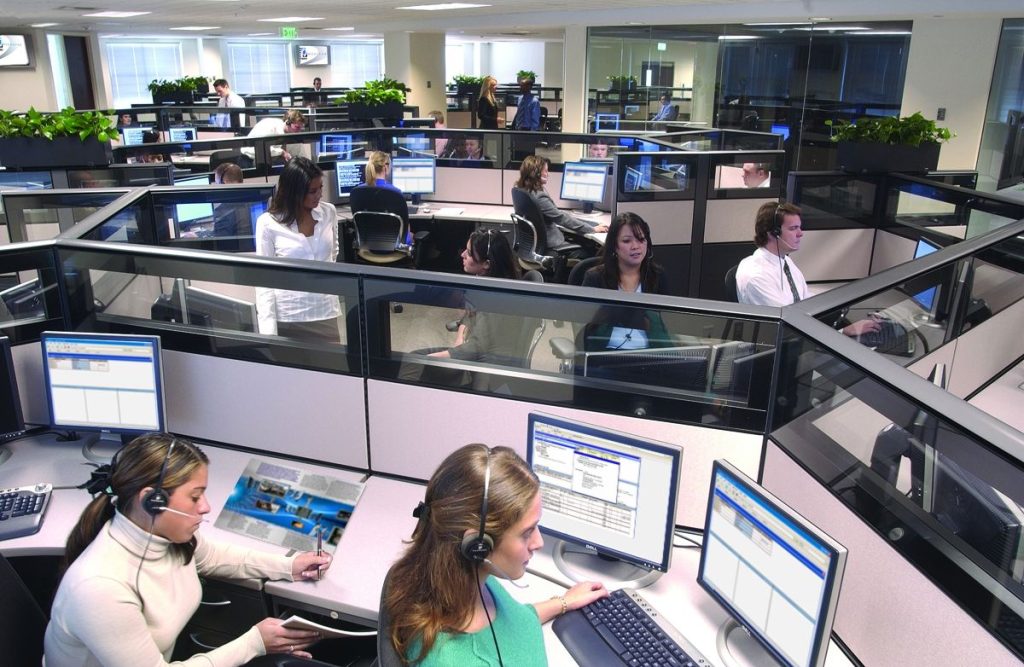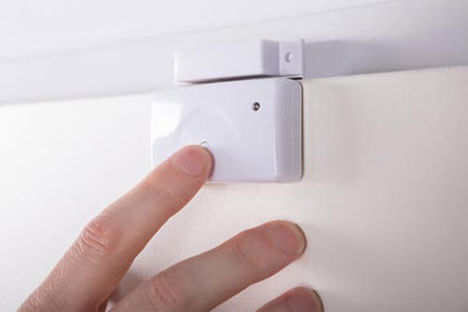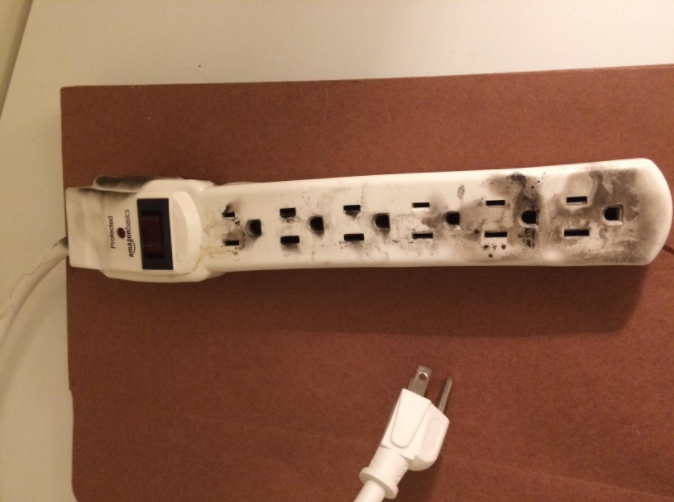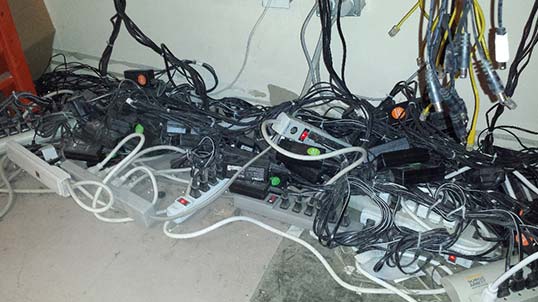Home automation protocols are the language that smart home devices use to communicate with one another. Communication is vital for smart home automation, because if your devices can’t “talk” to each other using the same language, controlling each one becomes more of a chore.
Because of this, it is important to understand how it works before deciding which is best for you and your home.
With about ten different home automation standards on the market, it can be difficult to know which one is best for your home. There are two basic categories to work with: wired and wireless.
Common examples of wired protocols are X10 and UPB. These smart home protocols use your home’s existing wiring to communicate. Wired protocols are known for their reliability, but tend to be slower and more difficult to encrypt.
Wireless protocols, on the other hand, are typically faster and are compatible with a wider range of devices. These protocols — including Z-Wave and Zigbee — are able to connect and communication without relying on the use of power lines which makes them easier to ensure that they are secured. Many home security systems are compatible with Z-Wave, making it the ideal if you want full control of all of your devices on one app.
There are also a couple of hybrid protocols like Insteon and C-Bus that use a combination of both wired and wireless technology.
What should you look for when choosing a home automation protocol?
Compatibility: certain protocols restrict you to using devices that may not appeal to you, so choose one that is easy to use in conjunction with a broad range of other smart home products.
Easy to Upgrade: New home automation technology is introduced to the market constantly, having a system that is highly compatible with other products will ensure that you can add on more features and devices in the future.
Other considerations when choosing a smart home protocol include cost, power consumption, and bandwidth.
Popular Home Automation Protocols
Z-Wave
Z-wave is a popular wireless protocol that uses radio frequencies to to communicate with other devices. Developed in Denmark, Z-Wave has rapidly become one of the most popular protocols because it is supported by over 450 companies across the world.
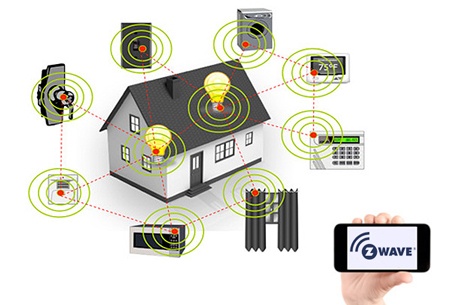
Features of Z-Wave
It’s fast. Z-wave runs on the 908.42MHz frequency. This is a much lower band than that used by most of your other household products (2.4GHz). Since Z-Wave devices don’t compete with other household products for bandwidth, there is a lower chance of interference, which improves efficiency and speed.
It’s easy to setup. Z-wave devices like the Yale smart lock are known for being simple to set up and fairly easy to use. Z-wave devices are controlled via a central hub that helps you manage your entire home network. Once the network is set up, you can easily add in smart home devices that can then be controlled by the Z-wave home protocol.
It’s compatible with a wide range of products. One of the best parts about choosing Z-wave automation is that any Z-wave device can communicate with another regardless of the brand, version or type.
Currently, there are more than 1,500 Z-wave compatible devices available throughout the world. With so many options, you have plenty of options to customize your home’s automation protocol.
It cuts down on energy usage. Additionally, Z-Wave devices tend to use less energy than some other protocols which means you can use more while keeping your energy bill low.
It’s future-proof. As home automation products continue to evolve over time, Z-wave will remain compatible with both old and new versions of products. This is ideal because it means that you can keep your same protocol even as technology advances.
ZigBee
Zigbee and Z-wave are very similar protocols, although Zigbee is more common in Chinese-branded products. Originally developed for commercial use, today Zigbee is now used widely in both home and commercial automation protocols.
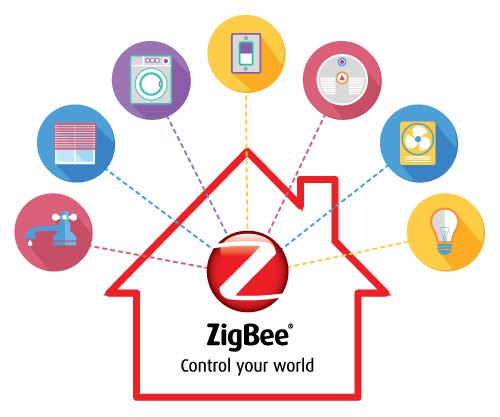
Features of Zigbee
Fast communication. Similar to Z-wave, Zigbee uses radio frequency in order to communicate. Zigbee runs on the 802.15.14 radio standard. Using a mesh network, Zigbee can achieve fast communication and longer-range communication. A single hub powers multiple home automation devices.
Easy to create for. Zigbee is an easy protocol for developers to design new products that are compatible with it. Currently, there are over 1,200 products that are compatible with Zigbee. This is an open technology with new products being created all the time.
Low power consumption. One of the most powerful benefits of choosing Zigbee for your smart home automation is its super low power consumption. Zigbee is incredibly efficient, so you can actually operate a Zigbee device on the same set of batteries for years at a time.
Cut down on battery usage. Speaking of efficiency, Zigbee offers green power which eliminates the need to use batteries all together. This means you don’t have to worry about buying new batteries and that you can feel good about being environmentally friendly and efficient.
Improved security. Additionally, Zigbee is one of the most secure protocols available. It uses the same 128-bit bank-level encryption that most major financial systems utilize.
One issue Zigbee has faced in the past is having poor interoperability, meaning some Zigbee devices were unable to communicate with each other properly. However, newer versions of Zigbee have entered the market that aim to solve this issue and work well with other devices regardless of their brand.
Insteon
Insteon is unique in that it uses a mix of wired and wireless technology. It uses a patented dual-mesh network that utilizes both hardwired and wireless communication to help eliminate the weaknesses of both. There are multiple pathways for messages to travel.
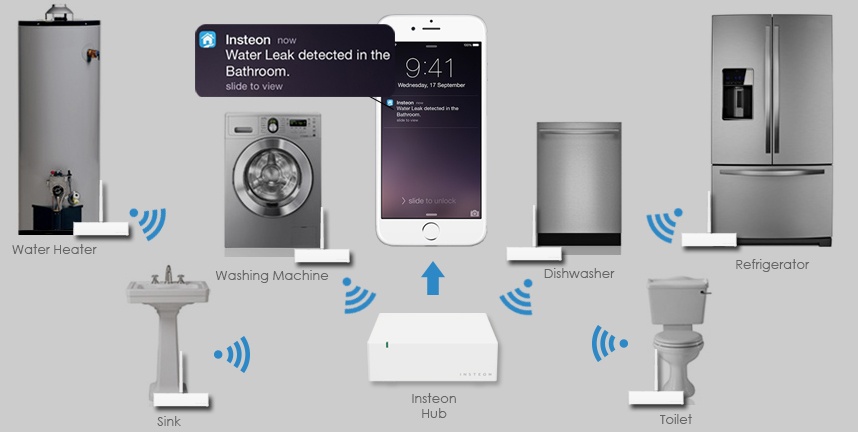
Features of Insteon
An Insteon hub will connect with all Insteon compatible devices. You then have control of your home via smartphone, tablet or computer. It is also X10 compatible which means that you can add wireless capability to an existing X10 network.
Extremely easy to use. One of the major benefits of choosing Insteon is its use of use. Regardless of high technically inclined you are, you will be able to get the Insteon home automation standard up and running with relative ease.
Simple setup: If you know how to operate a smart phone, you will be able to operate this system. Additionally, all Insteon compatible devices are automatically added to the network as soon as you power them on, making set up a breeze.
Limited product options. There are over 200 compatible devices to automate your home. Insteon makes all of the products that use their protocol, meaning it is less compatible with products made by other manufacturers.
Bluetooth
Bluetooth is a wireless smart home automation technology that uses radio waves to communicate. All Bluetooth devices contain a computer chip with Bluetooth software that allows it to simply connect with other devices.

Features of Bluetooth
Bluetooth’s compatibility is excellent. You can connect any Bluetooth enable device to any other Bluetooth enabled device with ease.
You can noticeable energy savings. One of the biggest benefits to choosing Bluetooth for your home automation standard is that it uses significantly less energy than other alternatives. This is ideal for those who like to monitor their energy consumption and be environmentally friendly.
Limited range of communication. One downfall of this automation is that it tends to have a limited range, so your device may stop working if you move out of range. Fortunately, this might change as technology improvements are underway that will eventually allow Bluetooth to have a larger range that can better compete with ZigBee and Z-wave protocols.
UPB
UPB is short for universal powerline bus. This is a wired protocol that was created back in 1999 and remains one of the more technically advanced protocols.
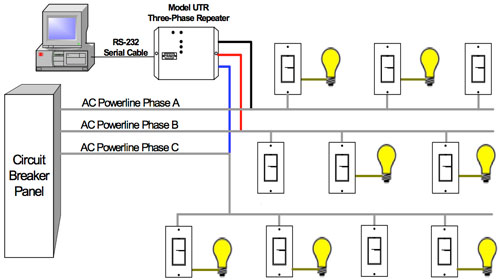
Features of UPB
UPB makes use of your home’s existing wiring to communicate between devices. This is not as user-friendly, but can provide more reliability if that’s a higher priority. As with Z-Wave and Zigbee, UPB-compatible devices are linked to one another using a central home controller. Each device needs to be manually set up to the network, making this a setup more time-consuming.
Reliable.Because it uses your home’s electric wires, it doesn’t run into as many interference and range issues that wireless protocols do. If you are somewhat tech-savvy and value reliability, UPB may be a great option for your smart home automation protocol.
Limited compatibility. Although UPB has been on the market for awhile now, it is not compatible with as many home automation products as some other choices. UPB is also known for being difficult to connect with wireless devices, limiting your ability to upgrade your smart home system with additional equipment down the line.
Conclusion
These are only some of the most popular protocols in use today; there are a number of smaller ones out there that were left out. If you are looking to install a home automation protocol in you home, we hope this information will provide a resource for you to get started.
With so many smart home protocol choices and options available to complement your smart home security system, you are sure to find one that suits your home’s specific needs.

